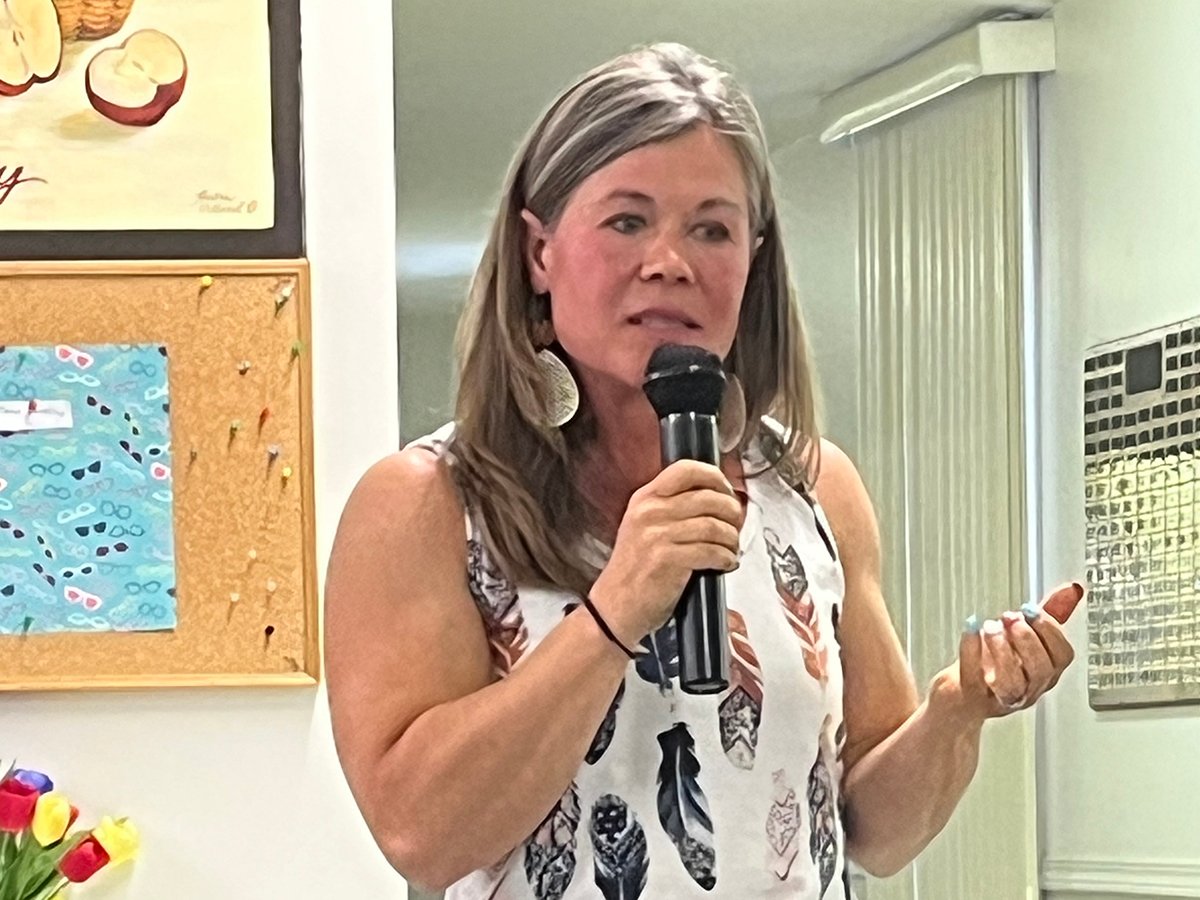Art and Cherie Andrews are wise about mead, about bees and about how to produce honey and honey products.
If they weave poems, they kept that information to themselves on a recent tour of Chinook Honey Co. and Chinook Arch Meadery near Okotoks, Alta.
Art is a believer that everything old is new again. Mead, also re-ferred to as honey wine, is widely considered to be the ancestor of all fermented drinks and dates back at least 7,000 years.
Art predicts a resurgence in mead production and consumption. He and Cherie opened the first meadery in Alberta in 2008, and two others have opened in the province since then.
Read Also

Petition launched over grazing lease controversy
Battle continues between the need for generation of tax revenue from irrigation and the preservation of native grasslands in southern Alberta rural municipality.
“It’s the biggest up-and-coming drink in America right now, across the border, and what happens down there is going to happen here next,” Art told a group of Canadian farm writers in late September.
“I was the first one to stick my head in and start playing with this stuff. It sounds simple, doesn’t it? Honey, water, yeast, that’s all it is.”
It turned out to be a bit more complicated. He made 49 bad batches before he hit upon the right technique. Now Chinook Arch Meadery makes 13 varieties of mead, which it sells from its on-farm shop and in Alberta liquor outlets and wine stores.
The Andrews make 20,000 litres of mead a year using honey from 200 hives.
“The mead operation has certainly been a winner,” said Cherie.
“I don’t think that there was any doubt. With alcohol, there’s bound to be a profit.”
Chinook Honey Co. began as an apiary, which was a stress-reducing hobby for the couple, each of who had high-stress jobs in the airline industry.
“Now, as you can see, it is our retirement job and it’s definitely led to some very interesting ventures, adventures, misadventures and definite learning,” Cherie said.
The apiary led to the construction of a honey house and then to an extensive gift shop and meadery.
Art was instrumental in persuading the provincial government to develop legislation allowing meaderies. That hurdle was jumped in 2006.
Art became the mazer, or wine-maker in other wine parlance.
He is quick to point out the differences between wine and mead.
“Number one, grape wine has tannins that feed the yeast. Honey doesn’t really feed the yeast.… And you have to control your alcohol content. It’s a little harder to do that” with honey than with grapes.
There are many types of mead, but Chinook concentrates on three: traditional mead consisting of honey, water and yeast; mel-omel, which has added fruit; and metheglin, which has added spices and herbs.
Other types include cyser, which is a mixture of mead and apple juice, pyment, which is mead and grape juice, and braggot, which is a mix of mead, hops and malt.
Two types of Chinook mead won bronze medals last year at a world competition in Boulder, Colorado.
Tours of the honey business, meadery and shop are common. Cherie and Art have prepared a video about honey production and have a living, glassed-in beehive so visitors can watch the insects’ activity.
School groups are frequent visitors, and the on-farm shop has a wide array of honey and beeswax products.
And of course, there’s the mead.
Contact barb.glen@producer.com
















